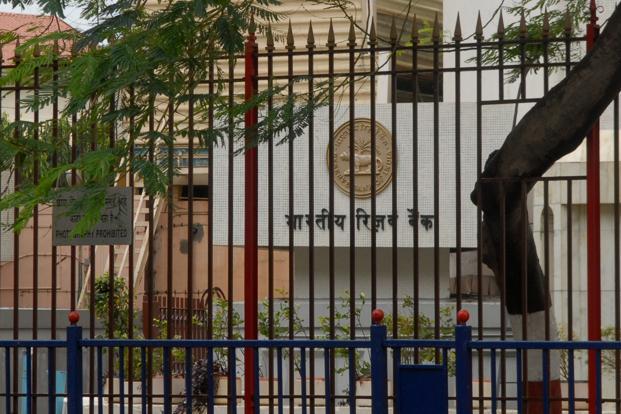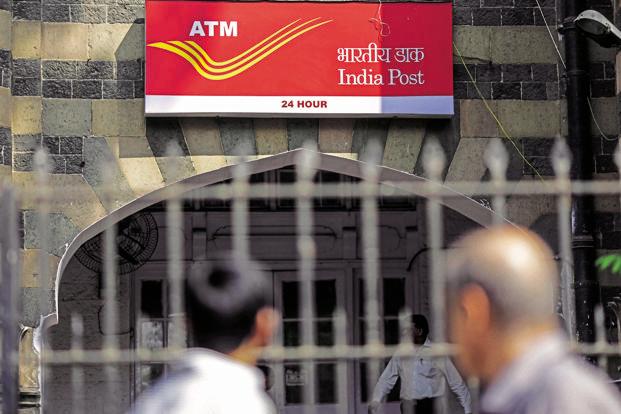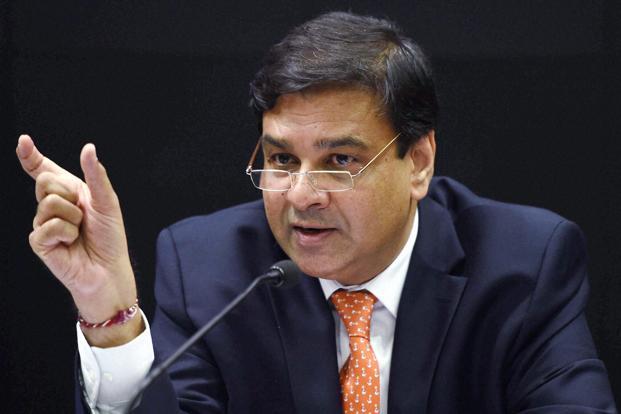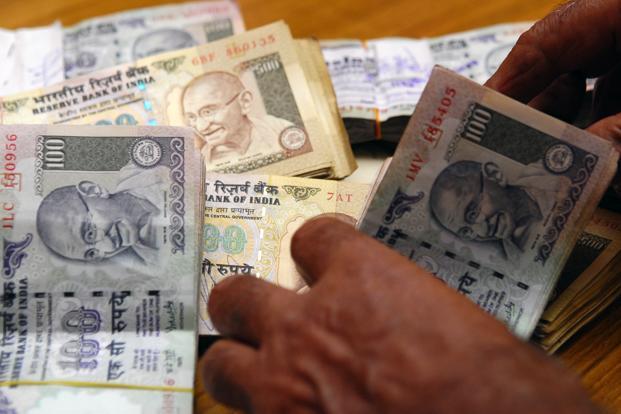In cricketing parlance, it’s a good pitch to bat on for any central banker—relatively low wholesale price inflation and an even lower inflation outlook because of falling global commodity prices, particularly those of gold and crude oil. But the Reserve Bank of India (RBI) governor D. Subbarao, announcing his last annual monetary policy, has refused to let his guard down on inflation risks in Asia’s third largest economy. He shunned Chris Gayle-like flamboyance and played a cautious, workmanlike innings in the style of Rahul Dravid.
As a result, Friday’s monetary policy was largely along expected lines—a quarter percentage point cut in the repo rate to 7.25% (a two-year low) while the cash reserve ratio (CRR), or the portion of deposits that commercial banks need to keep with the central bank, has been left unchanged.
More than his action, the guidance outlined in the policy is critical for the markets. And this is virtually no different from what Subbarao had held out in March. After effecting a quarter percentage point rate cut, he had said, “The headroom for further monetary easing is quite limited.” This time around, after an identical rate cut, he said there is “little space for further monetary easing”.
What is the difference between “quite limited” and “little space” when it comes to easing the monetary policy? Since I don’t know the answer, I would presume, at least one more rate cut—if not two—can’t be ruled out in the next few months as Subbarao didn’t qualify his observation of “little space” with an adjective like “very”. Wholesale price inflation will continue to drop till September and Subbarao may want to use the limited space between now and his retirement in that month for action, unless there is dramatic deterioration in the external scenario.
After September, RBI may not be left with any scope for monetary easing as inflation will start inching up. Meanwhile, retail inflation may remain at an elevated level, largely on account of food price inflation, and a record high current account deficit will continue to inhibit the central bank from taking bold decisions.
The bigger challenge before RBI remains monetary transmission. Commercial banks are not willing to cut their loan rates and benefit borrowers in the absence of a CRR cut. A CRR reduction releases money and banks can deploy that to earn interest (they do not earn any interest on CRR funds kept with the central bank) and hence it’s only logical that they will clamour for a cut.
RBI cut its policy rate by one percentage point in fiscal 2013, but the banks have on average reduced their loan rates by one-third of this, or 36 basis points. This is because they have not been able to cut their deposit rates by more than 11 basis points on average. A basis point is one-hundredth of a percentage point.
So banks will have to cut their deposit rates to be able to lower their loan rates. With inflation declining, they should be able to do so. Besides, some Indian banks enjoy excessively high net interest margins (NIMs), the difference between the interest rate they charge for loans and pay on deposits. In other words, investors seem to be dearer to banks’ hearts than customers—a higher NIM contributes to a higher profit, which has an impact on stock prices and, therefore, benefits stockholders while clients pay the price.
In the overall growth-inflation dynamic, expansion has definitely taken precedence over moderating prices. RBI is expected to take steps to ensure that the economy is firmly on a growth path even though it cannot afford to lose sight of the inflation threat. In this context, once again, the RBI policy document has expressed the central bank’s helplessness—it alone cannot do anything unless the government takes care of supply-side constraints, particularly in the food and infrastructure sectors, and addresses critical governance issues, besides reining in the fiscal deficit. Subbarao has been saying this for years now, like a nagging mother-in-law. The government has been pretending to listen, but unless it seriously addresses these issues, inflation will once again raise its hydra head and growth will be stymied.



